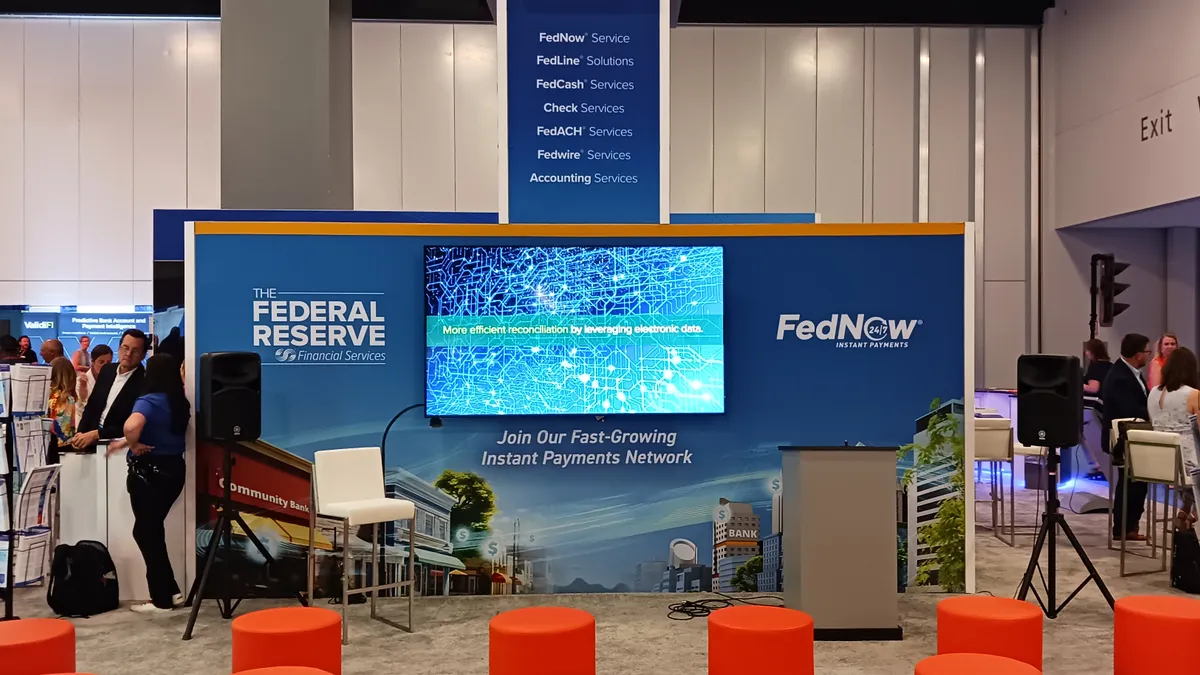Mihail Duta is the director of global solutions consulting and payments at London-based Finastra, a global provider of financial software applications and marketplaces. He is based in New York.
Since the Federal Reserve’s instant payment service, FedNow, launched in July of 2023, more than 1,000 financial institutions have joined the network. This successful rollout proves that demand for instant payments is here to stay and it will continue to grow.
However, what the numbers don’t show is that most of those institutions have joined as receive-only—meaning they can receive but not send funds on the FedNow payment rail.
With FedNow well into its second year, these financial institutions need to enable account holders to send funds via the network. Those that fail to adopt both send and receive functions may be exposing their organizations to competitive disadvantages as well as reputational risks.

The lower adoption rate for FedNow’s send function comes down to the increased complexity involved compared with the process of opting in as receive-only. Receiving payments only requires integration to a financial institution’s core — a relatively simple process.
But the send requirements for FedNow transactions are more complicated because send transactions are initiated directly by account holders, not handled by a bank or credit union employee in the back office.
Many financial institutions are still working on developing entry points, such as online or mobile banking solutions, to facilitate these transactions. Furthermore, enabling the send function introduces greater complexities around fraud prevention and regulatory compliance: sending money involves a higher level of risk than receiving it because once the funds are transferred, they cannot be recovered.
However, financial institutions must tackle these challenges, or their reputations and balance sheets could suffer. Account holders increasingly expect to send and receive payments instantly. If they discover that other institutions are offering real-time send capabilities, it could lead to dissatisfaction and a perception that their own bank or credit union is lagging behind — especially for financial institutions that haven’t joined FedNow at all.
These organizations also need to realize that by remaining outside of the network, without send or receive capabilities, they could be missing incoming payment attempts from other institutions that have adopted FedNow.
Each rejected transaction not only requires rerouting, but also sends a message that the receiving institution is not part of FedNow. Over time, this could create a damaging perception in the market that the institution is unequipped to adopt modern payment technology.
Financial institutions that join the FedNow network must also determine which payment options to offer their retail and corporate account holders. Determining which group to prioritize when implementing FedNow depends on each individual organization’s portfolio and business strategy.
Financial institutions should keep in mind that retail customers often have more options for quickly transferring funds, like ACH and Fedwire, than do businesses and corporations.
Finally, with Fedwire ISO 20022 compliance going into effect in March 2025, financial institutions will need to navigate both initiatives in the coming months.
As account holders increasingly expect their financial institutions to provide instant payment capabilities, organizations that have not opted into FedNow yet, including adding the send feature, should prioritize joining the network sooner rather than later.











